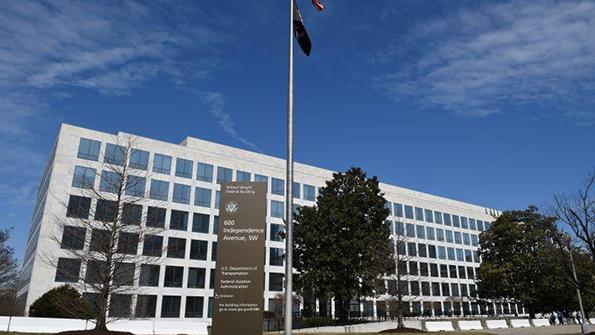
In the seven weeks between mid-December and early February, there were six runway incursion incidents in the US involving Part 121 aircraft and a 2-hour ground stop of the domestic air transport system that became necessary after a failure of the NOTAMs pilot alerting system.
Safety experts are rightly wary of linking what could be unrelated, coincidental clusters of incidents before full investigations are concluded. But the potential scale of the tragedy that would have likely occurred in some of these incidents had it not been for last-second and extremely fortunate actions warrants serious questioning of the robustness of the US commercial aviation safety system.
That’s not just me saying that. Lee Moak, a former Delta Air Lines captain, US Marine Corps fighter pilot and past president of the Air Line Pilots Association, flagged his concerns in an excellent op-ed in the Washington Post in March. And FAA, clearly also recognizing the potential gravity of the situation, convened a Safety Call to Action meeting in March to bring together a group of aviation safety leaders and government regulators to discuss what went wrong in those incidents, what worked and what needs to be modified.
That meeting was a good start, but it’s far from sufficient.
As Moak points out, many people in the commercial aviation sector know what pushed things close to the breaking point. “The airlines, regulators, pilots and flight crews, controllers, and safety experts have just come through a massive transformation during the pandemic. After slowing down to unprecedented levels, with tens of thousands of employees furloughed, commercial aviation is now quickly ramping up operations as air travel demand increases faster than most expected,” he wrote.
Safety leadership, meanwhile, has been fluid at best, he said, with FAA remaining without a permanent administrator for almost a year. That permanent leadership appointment, along with a prioritized, consistent and substantial improvement in funds for FAA and ATC, are responsibilities that President Joe Biden, DOT Secretary Pete Buttigieg and Congress should immediately and without partisanship raise to the top of their action lists.
FAA is not being complacent; it is expanding agendas from previous scheduled gatherings, including InfoShare, the annual safety lessons-learned meeting, and upcoming Commercial Aviation Safety Team meetings. But this work needs to be fast-tracked and likely adapted with the full support and resources of lawmakers.
In one of the most chilling statements made at the March safety meeting, NTSB chair Jennifer Homendy said, "The absence of a fatality or accident doesn't mean the presence of safety."
Homendy’s warning needs to be just that: a call for action now, not a terrible prediction restated over and again in the aftermath of an unthinkable but avoidable air accident.
